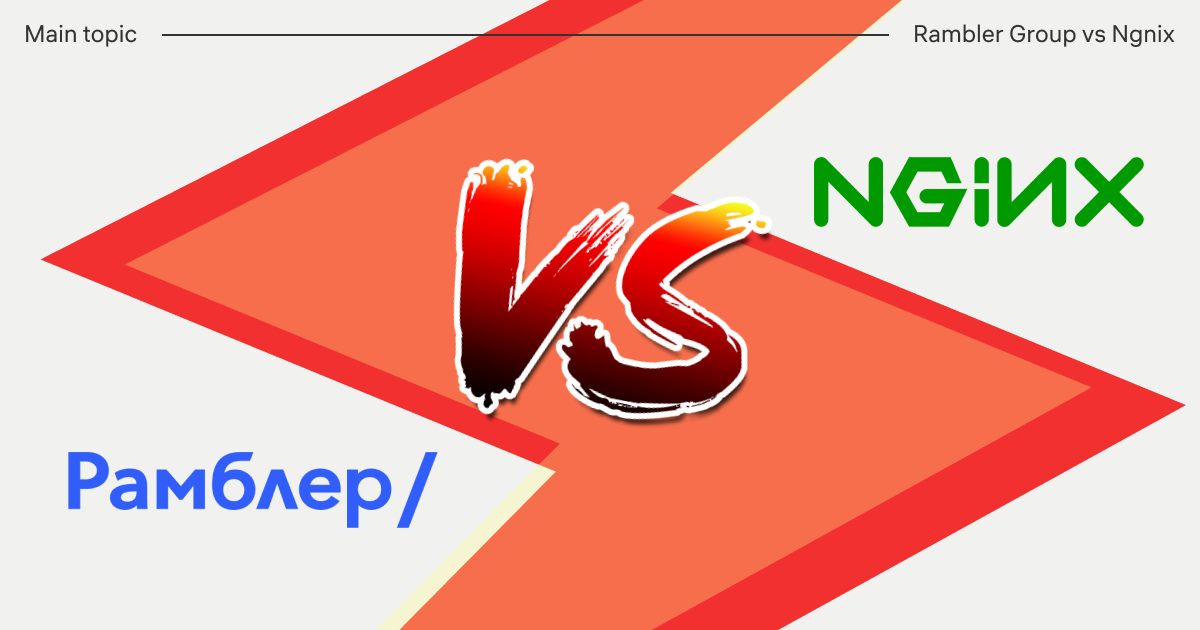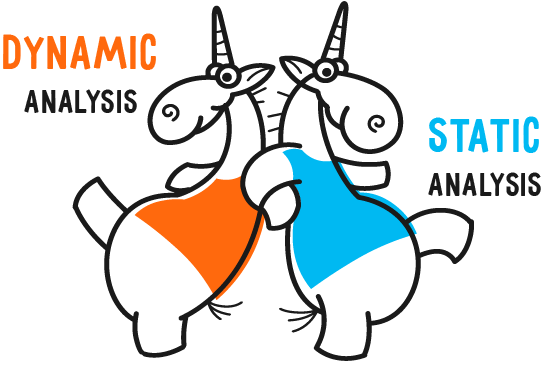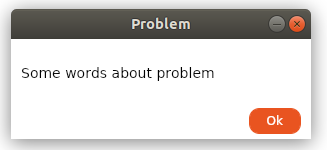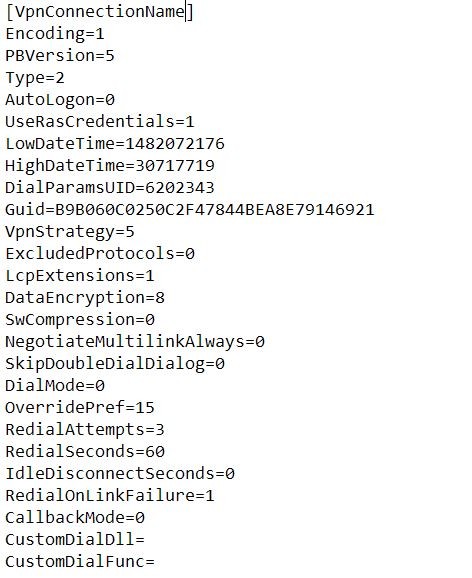Who controls App Store: Martians or AI? Closed session of Russia's Federation Council and Apple leaked online

Video recording of a closed session of the upper house of Russia's parliament was leaked online by Telegram channel A000MP97. In the video, Andrei Klimov, head of the Ad Hoc Sovereignty and Preventing Interference in the Domestic Affairs Commission, demands Apple to disclose who controls the App Store: people from Mars or artificial intelligence?
On September 16th, a closed session of the Commission took place, and representatives of Apple and Google were among those who were invited. The session discussed ways to protect sovereignty of the country, in particular, the fact that the Navalny app was still available in Apple App Store and Google Play. The services were accused of being complicit with organisations deemed extremist and banned in Russia as well as interference with Russian elections.












 This chapter was translated from Russian jointly by author and by
This chapter was translated from Russian jointly by author and by 





